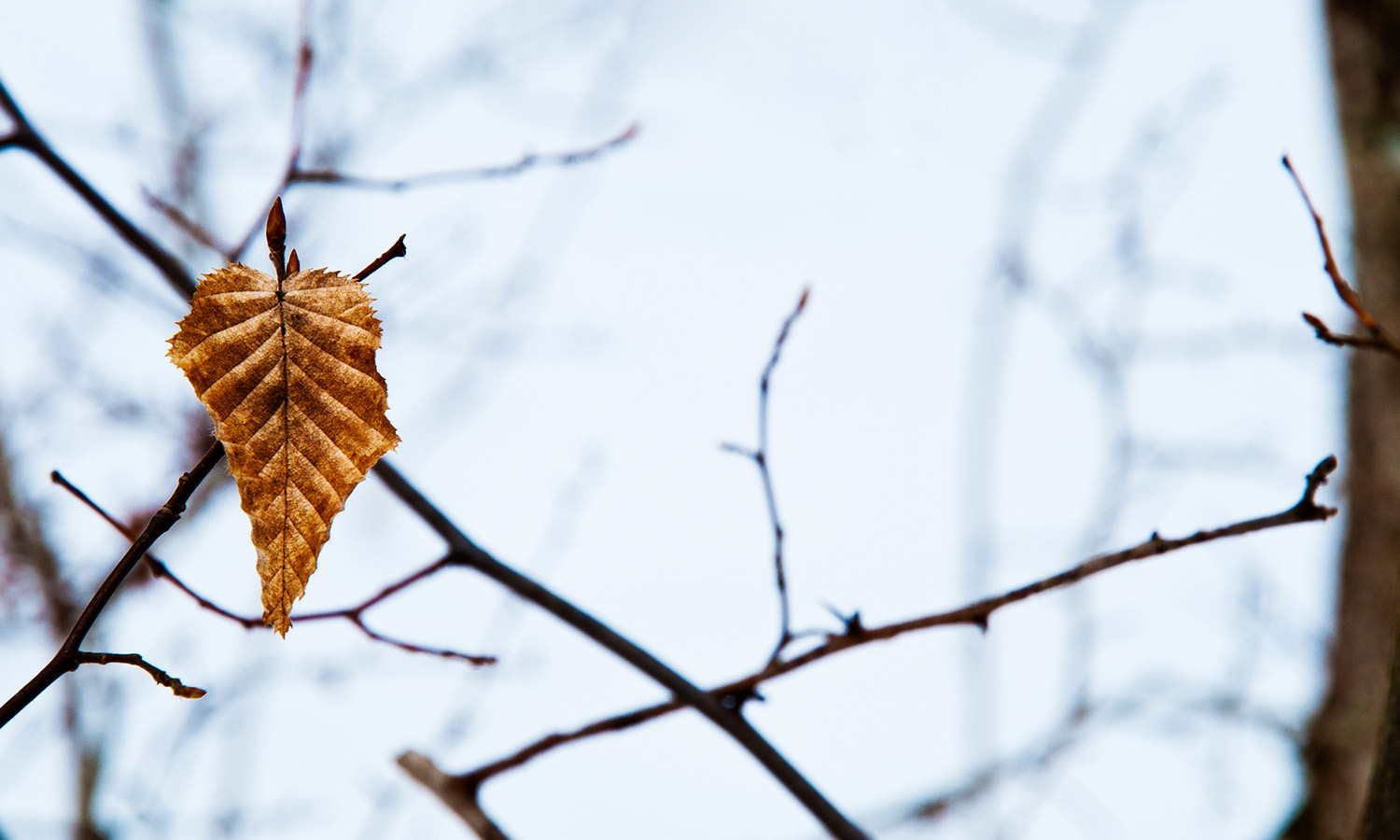If you're considering whether to #DoNothingForNature, or trying to convince your friends, family, or work colleagues to get on board too, here are some facts about overwintering butterflies and moths to help you discover more about different species and their wintery hidden homes.
Protecting our overwintering butterflies and moths: Why you should #DoNothingForNature
- We need to protect their hidden world: Not all insects are lying in leaflitter on the ground. Some are resting on plant stems, creating hammock-like cocoons off the edges of even the most delicate-looking stems. This is why it’s important to leave the strimmers until well into summer time. While it can be difficult to spot their hidden homes, we need to be mindful that these vulnerable creatures are asleep in our gardens and greenspaces. For example, see the Orange-Tip chrysalis here.
- You can easily share your own houses with sleeping butterflies in winter: The butterfly species that overwinter as adults include Brimstone, Comma, Peacock, and Small Tortoiseshell. The last two are occasionally found overwintering in houses. If you’ve found a fluttery friend over this period, you can read more here on what to do and how to ensure they’re safe and happy. Additionally, the Red Admiral overwinters as an adult but doesn’t enter a proper dormancy and thus can become active on any sunny day.
- That thing you think is a twig or a bump on a stem might well be a sleeping caterpillar: Many butterfly species overwinter as caterpillars, while others overwinter as an egg or chrysalis. So please do leave the garden alone so we don’t disturb them.
- You can help feed them through the winter months: From a butterfly and moth perspective, the leaves of many foodplants may still be green and growing slowly, even though that doesn’t seem evident to us. So please don’t cut back trees or shrubs as they can still be valuable food sources. For example, caterpillars of Brown-tail hatch from eggs in late summer and feed on the autumn leaves for several weeks, and as they do they construct a white silk tent on the twigs and branches in which they hibernate overwinter.
- You can spot unusual and beautiful butterfly eggs: Some of the most beautiful of all butterfly eggs can be seen during the coldest months, for example the egg of a Chalk Hill Blue looks slightly like a snowflake!
- Several moth species that overwinter as adults: Twenty-plume Moth, Tissue, Sword-grass, Herland, and Bloxworth Snout. Interestingly, while you can also spot a Red-green Carpet, it will only be the females that you might find – all the males die before winter!


